A Storm's a brewin...
A hot new brand has hit the supplement scene, and in 2021, in a time with few new brands coming to market, that's a big deal. Their name is Storm, and smashed with an edgy surfer/skater vibe and color scheme that looks like it was pulled from the golden days of the 90s, a moment's glance can tell you that we're about to be treated to something new.
Meet STORM Supplements
STORM bills itself as "the fuel of choice for all the thrill seekers, norm-destroyers, and rule breakers" - a fitting image in an industry filled full of these types of individuals, whose die-hard consumers are anything but average.
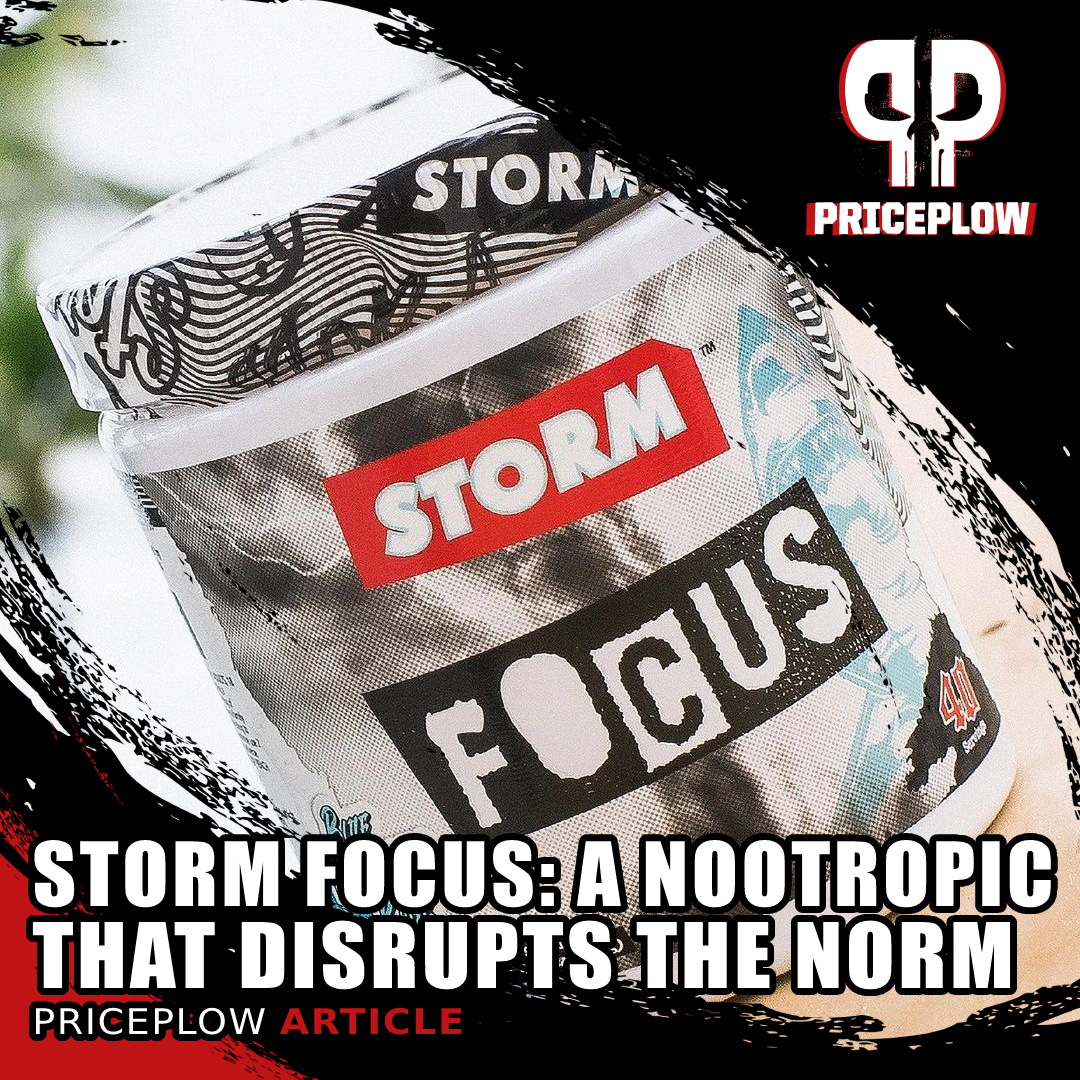
STORM Focus is an energized nootropic that disrupts the norm with a new ingredient: Brainberry, which has been shown to improve hand-eye coordination and cognition.
STORM has launched with two formulas - Pre Workout and Focus, both of which bring something new and unique to the table. Normally, we start our introductions by talking about the pre workout, but with this brand, it's better to disregard the norm. So today, we're covering STORM Focus:
The STORM Focus Nootropic
Focus is a lightly-energized nootropic supplement that provides a synergistic crew of ingredients to improve cognitive energy, performance, and vigilance - exactly what thrill-seekers and norm-destroyers seek. Each scoop has 75 milligrams of caffeine, allowing you to adjust doses as needed depending on the time of day.
Includes newcomer Brainberry
More exciting, we're introduced to a new ingredient named Brainberry, which comes from a fruit known as Aronia. In this article, we dive into this fruit's potent constituent, with a research study showing improved hand-eye coordination and cognition.
It's below, but first, sign up for our STORM supplement news alerts to get notified when more comes from the brand, and prepare to shatter all expectations and take the world by storm.
STORM Focus – Deals and Price Drop Alerts
Get Price Alerts
No spam, no scams.
Disclosure: PricePlow relies on pricing from stores with which we have a business relationship. We work hard to keep pricing current, but you may find a better offer.
Posts are sponsored in part by the retailers and/or brands listed on this page.
This area is reserved for Team PricePlow's upcoming Ingredients video.
Subscribe to our channel and sign up for notifications so you catch it when it goes live!
STORM Focus Ingredients
A single scoop of Focus will yield the following, packed with 75 milligrams of caffeine (so it's possible to double-scoop this one):
-
Taurine - 1000 mg
STORM Focus brings 75 milligrams of caffeine per scoop, and the new Brainberry ingredient has a clinical dose at two scoops per day, so you'll want to budget 150 milligrams of your daily caffeine here if you want the full clinical effects!
Nobody's getting focused if they're not hydrated, and STORM starts Focus off right with a clinical dose of taurine, a popular endurance-boosting osmolyte ingredient. By osmolyte, we mean that taurine helps keep a healthy balance of water between cells, and supplementing it helps prevent any deficiency.[1]
We often see taurine in pre-workout supplements because it's so effective for promoting endurance.[2] However, those effects actually stem from its osmoregulation mechanisms, as taurine is distributed in nearly every tissue and helps stabilize membranes, reduce oxidative stress, and improve calcium signaling for muscle contractions.[1,3]
Taurine for Focus and neuroprotection
When it comes to focus, improving taurine levels helps decrease neurological inflammation and stress, improves GABA receptor functionality, and stimulates synapt function.[4] It's important for brain development and promotes brain cell proliferation while protecting from neurotoxic agents.[5]
Even though the body can generate its own taurine, it could almost always use more, and having enough through diet or supplementation prevents the body from running taxing conversions. For this reason, it's considered a conditionally essential amino acid.[6]
Taurine also promotes mitochondrial health, supporting our cell "powerhouses" -- Molecules recently published an article with 250 citations titled "The Role of Taurine in Mitochondria Health: More Than Just an Antioxidant" that dives deep into the unique amino acid, leading us to believe that it's even more important than we realized.[7]
Finally, some research has shown that taurine can indirectly increase nitric oxide production and increase nitric oxide bioavailability through activation of the nitric oxide synthase enzyme,[8] which can increase blood flow throughout the body (and brain).
Long story short, while taurine can be manufactured by the body, you're almost guaranteed to benefit from an additional dose somewhere in your day - and a nootropic is a great place to start.
-
L-Tyrosine - 500 mg
Sleep deprived? Then this one's definitely worth knowing about.
L-Tyrosine is an amino acid used to increase alertness and focus, since it leads to the production of some of our favorite neurotransmitters, including "feel-good" ones like norepinephrine and dopamine.[9] Although these are excitatory, tyrosine also helps reduce levels of stress and anxiety.
It's easy to see why we like tyrosine so much - its derivatives bring the intensity and focus! Image courtesy Wikimedia
Our sympathetic nervous system utilizes norepinephrine to activate the "flight or fight" response, which dials you in and helps you make better decisions more quickly. Even better, it turns out that more research has shown that L-tyrosine's effects are especially pronounced in sleep deprived individuals,[10,11] especially when paired with caffeine, which is also in STORM Focus.
500 milligrams is where we generally start feeling L-Tyrosine, and we most often enjoy it at 1 gram or more, which is what you'll get in two scoops, pairing quite well with 150 milligrams of caffeine at that dose.
-
CDP-Choline (Cytidine 5'-Diphosphocholine) - 125 mg
CDP-Choline, also known as citicoline or cytidine 5'-diphosphocholine, as a highly-bioavailable form of choline that provides a bit of an extra "punch" compared to other forms.
First, it's necessary to state that choline is the precursor to acetylcholine,[12] the neurotransmitter used to facilitate cognitive functions like learning, attention, and memory formation.[13,14] With more choline, we can generate more acetylcholine, boosting our focus and everything else that comes with the compound we love to call the "learning neurotransmitter".
However, citicoline has a special place in our hearts because it can also boost dopamine and norepinephrine levels by boosting dopamine receptor density.[15] This makes it pair incredibly well with L-tyrosine, doubling down on our feel-good sensation of motivation and pleasure.
Our anecdotal experience is that all choline sources are great, but citicoline is felt the most, and is the most experiential. Note that each scoop of STORM Focus brings 5% of total choline per day, so you're still well-served to continue eating high-choline foods like whole eggs.
-
Caffeine Anhydrous - 75 mg
STORM Focus is indeed caffeinated, but lightly so, allowing you to double down on some of the ingredients earlier in the day or take just a single scoop to get you through the afternoon. A single scoop of Focus has about as much as a small cup of coffee.
At this point, you should know how well you tolerate the magical compound. But scientifically, it works not by magic, but by crossing the blood-brain-barrier to inhibit adenosine and phosphodiesterase,[16] waking you up and increasing all kinds of performance - both physical and mental![17,18]
Specifically, varying doses of caffeine have been shown to reduce reaction time,[19-22] increase wakefulness,[19,23] and boosts overall well-being.[19,24] Of course, while doing so, too high of a dose can increase anxiety,[25] so it's smart to keep the dosage within reason - and that's exactly what STORM has done here.
-
Theobromine - 50 mg
To pair with caffeine, we have its chemical cousin, theobromine, which is actually a long-lasting metabolite of the ingredient shown above. Similar to caffeine, theobromine inhibits phosphodiesterase and adenosine, keeping you awake - but it has a longer half-life.[26-28]
Due to that longer half-life, theobromine is most often used as a longer-lasting energy supporter and to reduce appetite.[29,30] Supplement companies often pair it with caffeine to prevent any caffeine crash, but we're honestly not concerned about that STORM Focus. Instead, it also promotes a good "feel" that studies have noted.[31]
-
Whole Coffee (Coffea arabica) [Fruit] Extract (as NeuroFactor) - 50 mg
Taking specific extracts from coffee fruit, NeuroFactor is often used to improve focus through an upregulation of a protein named BDNF, or brain-derived neurotrophic factor.[32] BDNF is a nerve growth factor that helps with the maturation, survival, and differentiation of nerve cells in our central nervous systems.[33]
Scientists have consistently found a correlation between cognitive function and healthy BDNF levels.[34] When BDNF levels are higher, the brain is offered neuroprotection from toxins and various nervous system disorders.[34,35]
On the other hand, lower BDNF levels correlate with an increased risk of neurodegenerative diseases.[33] BDNF levels decrease as mammals age, and are generally lower in males.[36] More details can be found in the 2015 Archives of Medical Science article titled "Brain-derived neurotrophic factor and its clinical implications",[33] but the general point is that our brains and cardiovascular systems do far better with improved BDNF levels.
Thankfully, researchers have shown that a 100 milligram polyphenol-rich dose of coffee fruit extract can boost BDNF levels by 143% within an hour,[34] with the effects outperforming 50 milligrams of chlorogenic acid, the compound that is often attributed to many of coffee's benefits.
-
Baltic Aronia Berry (Aronia melanocarpa) [Fruit] Extract (as Brainberry) - 32.5 mg
STORM Focus introduces us to a newcomer ingredient, BrainBerry, which is a Baltic Aronia berry extract, a fruit scientifically known as Aronia melanocarpa but also known as "chokeberry".
Standardized for Cyanidin-3-Galactoside
BrainBerry is standardized for high amounts of Cyanidin-3-O-Glycosides, specifically Cyanidin-3-Galactoside, which animal models have shown to improve spatial memory, boost hippocampal neurons survival, and inhibit pyramidal cell damage.[37] There are additional benefits detailed in a recent 2021 article published in the International Journal of Molecular Sciences titled "Cyanidin 3-O-galactoside: A Natural Compound with Multiple Health Benefits",[38] and many fruits contain it, although aronia fruit seems to have some of the highest concentrations.
Research on Brainberry
Research has specifically been performed on BrainBerry, published in Nutrients in 2020: in a 12-week, double-blind placebo-controlled trial with 101 subjects, participants took 65 milligrams of Brainberry daily or a placebo.[39]
The results were excellent: after six weeks, the Brainberry group had a significant improvement in psychomotor speed and hand-eye coordination. And after 12 weeks, the Brainberry group scored a 43% increase in concentration.[39]
It's important to note that the daily dose was what you'd get with two scoops of STORM Focus, so keep that in mind as you schedule your caffeine intake throughout the day - we definitely think that this is a worthy use of 150 milligrams of caffeine per day. It'll take a few tubs to run the Brainberry as long as the study cited above.
We are very encouraged by the new research on Cyanidin-3-Galactoside and are confident we'll be seeing Brainberry again in the near future.
-
AstraGin (Astragalus membranaceus [Root] & Panax Notoginseng [Root]) Extract) - 25 mg
AstraGin is a combination of Astragalus and Panax Notoginseng that's been shown to increase ingredient absorption, especially of amino acids!
Finally, it's time for our favorite bioavailability enhancer, NuLiv Science's AstraGin. This patented extract of Astragalus membranaceus and Panax notoginseng root extracts contains ATP-boosting astragalosides and ginsenosides.[40] Together, these work to boost intestinal permeability, allowing more nutrients to pass through the digestive tract.[41]
NuLiv Science's research has shown that it can increase the absorption of numerous amino acids, nutrients, and both water-soluble and fat-soluble vitamins.[42] This is a perfect way to finalize a smooth and successful nootropic in Storm Focus.
Flavors Available
So far with STORM's initial supplements, we've been blown away by the flavoring. They've done a great job of sticking with botanicals that taste good, as we imagine Brainberry does. You can find an up-to-date list of flavors of Focus below:
The STORM has arrived
Make no mistake, 2021 is a tough time to be launching new brands. Supply chains are drying up, prices are high, and the industry is treading very carefully. One could say that a storm was already here, but with the launch of this brand, we can now confirm that the real Storm is in.
The edgy black, white, and red surfer/skater labels and branding look like an incredible change-up, especially for an industry that sometimes seems to be trying to either "out-scare" or "out-color" the competition. However, for us, it's all about what's in the tub, and we're happy to see a moderately-caffeinated supplement that brings us something new.
That something new is in the form of Brainberry, whose constituents look extraordinarily promising not only to the nootropic supplement community, but to scientific researchers as well. It's a feel-good, focus-better supplement that will leave you in a better place than you started - and that's exactly what we look for in a STORM after we've been through too long of a drought.
STORM Focus – Deals and Price Drop Alerts
Get Price Alerts
No spam, no scams.
Disclosure: PricePlow relies on pricing from stores with which we have a business relationship. We work hard to keep pricing current, but you may find a better offer.
Posts are sponsored in part by the retailers and/or brands listed on this page.

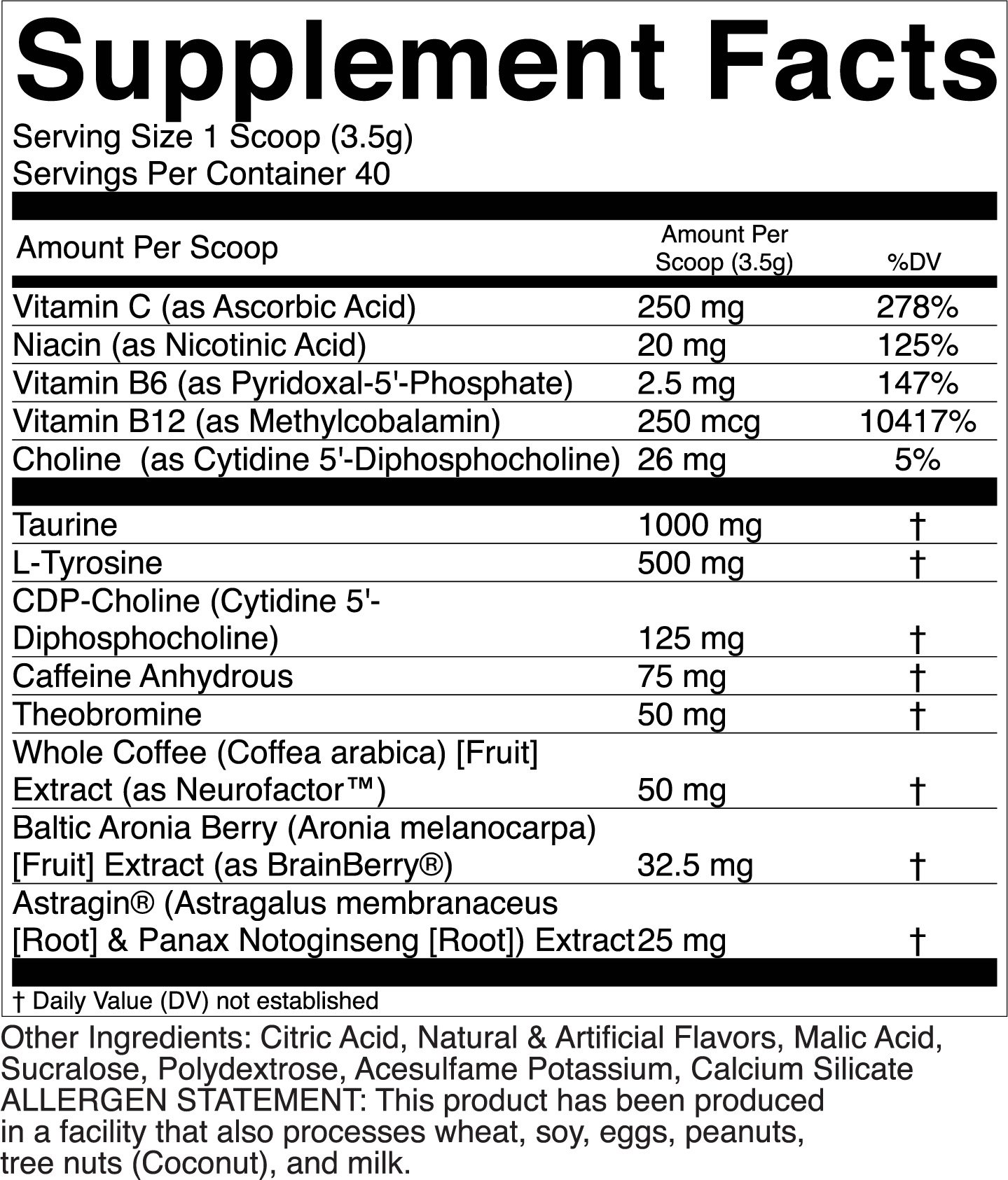
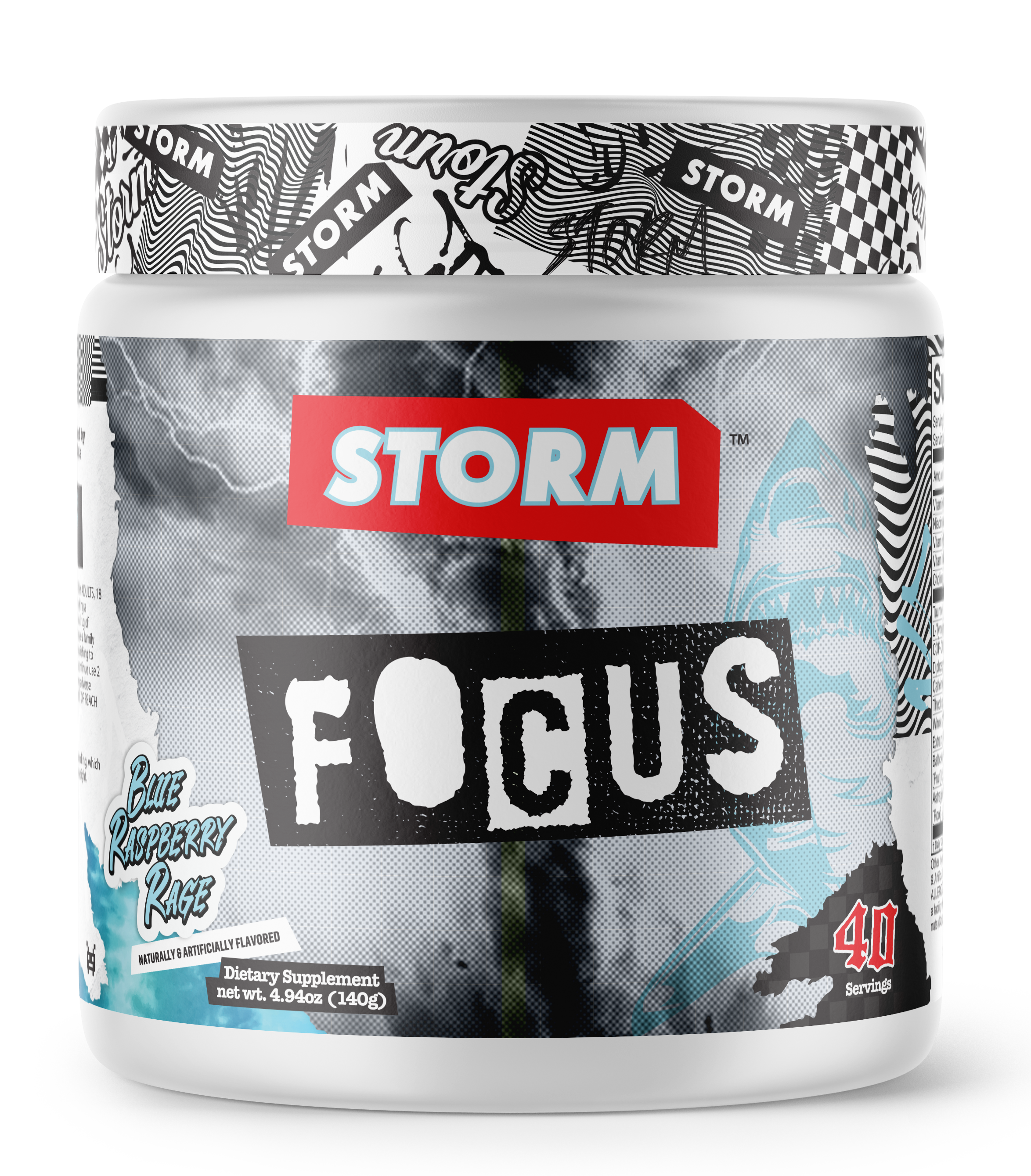
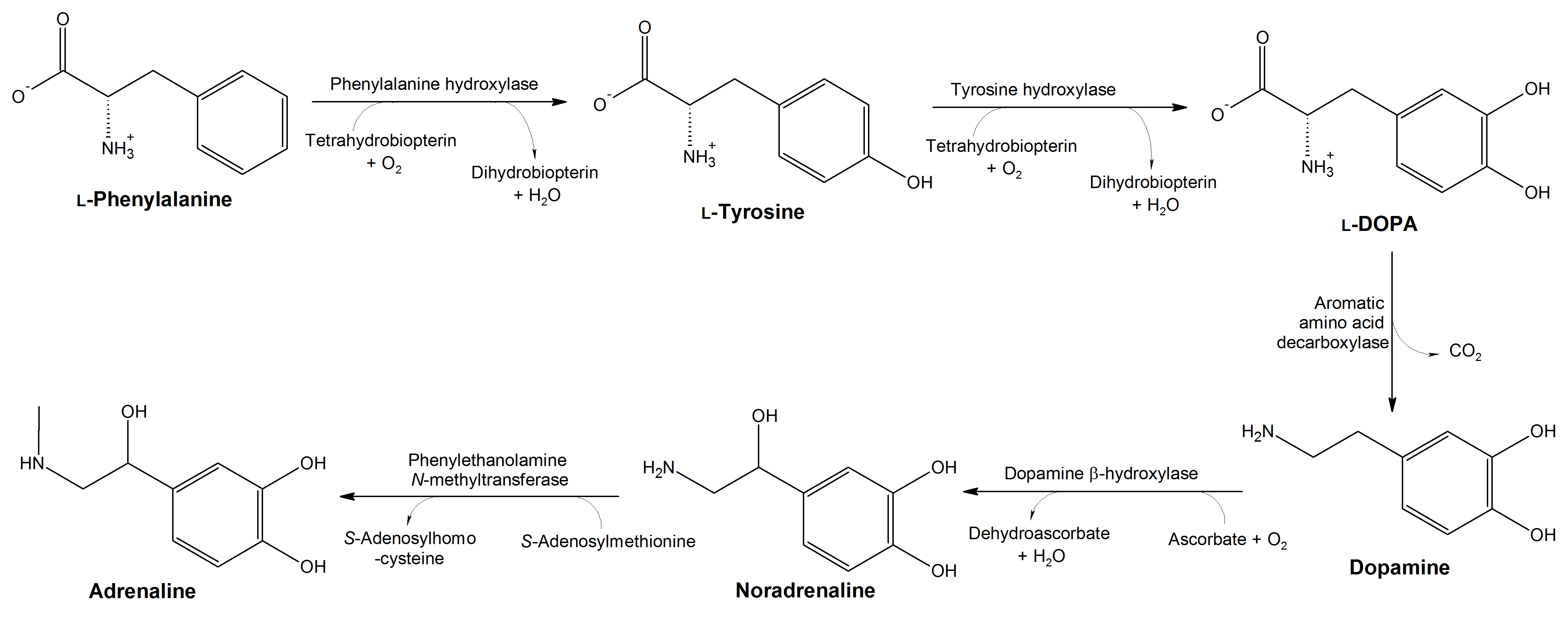

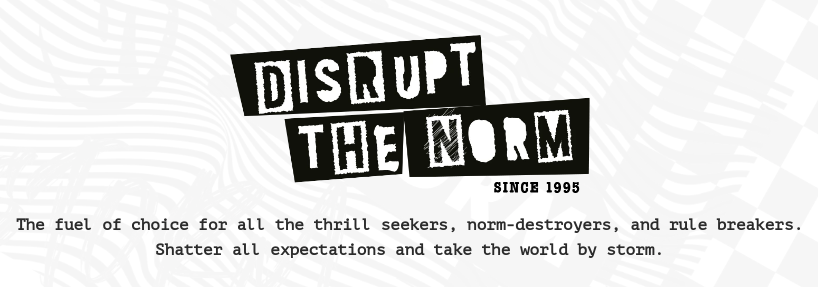
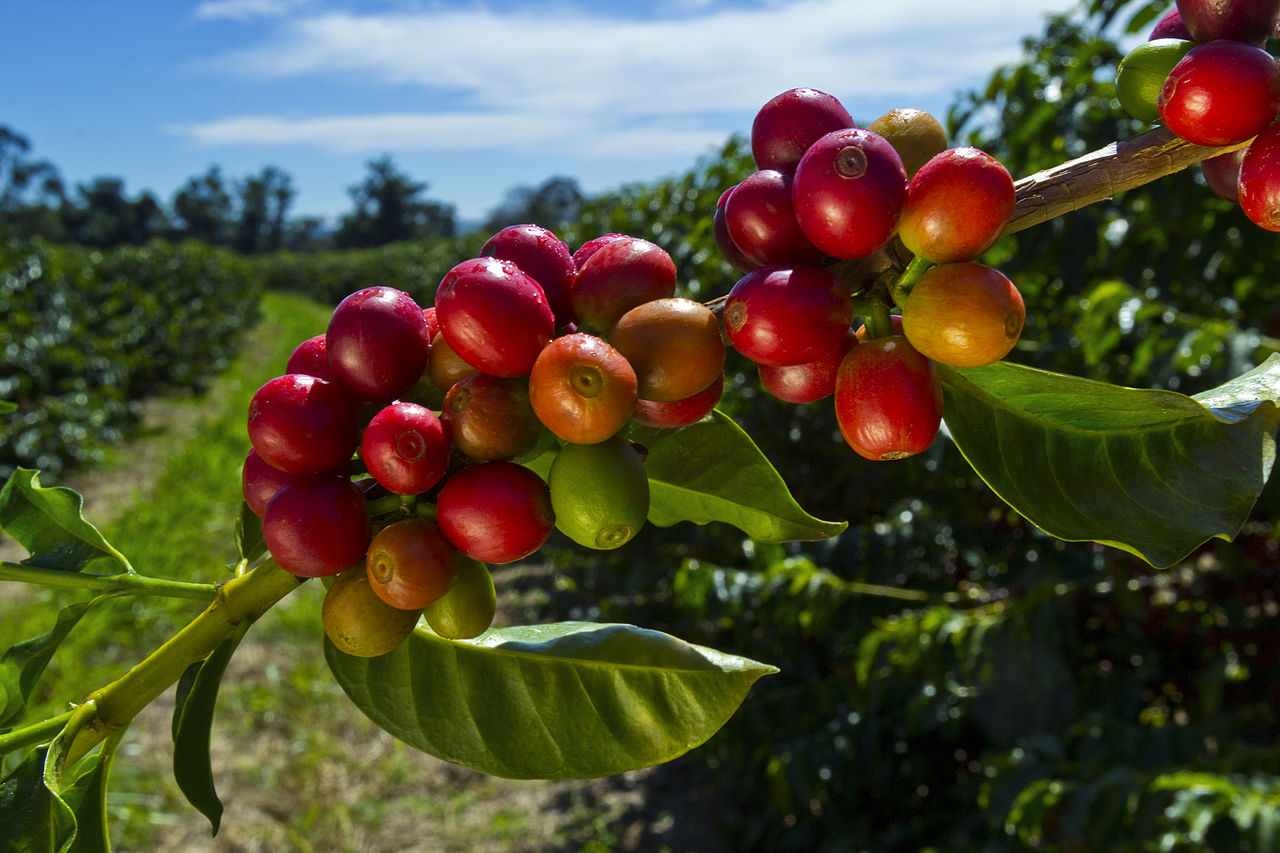
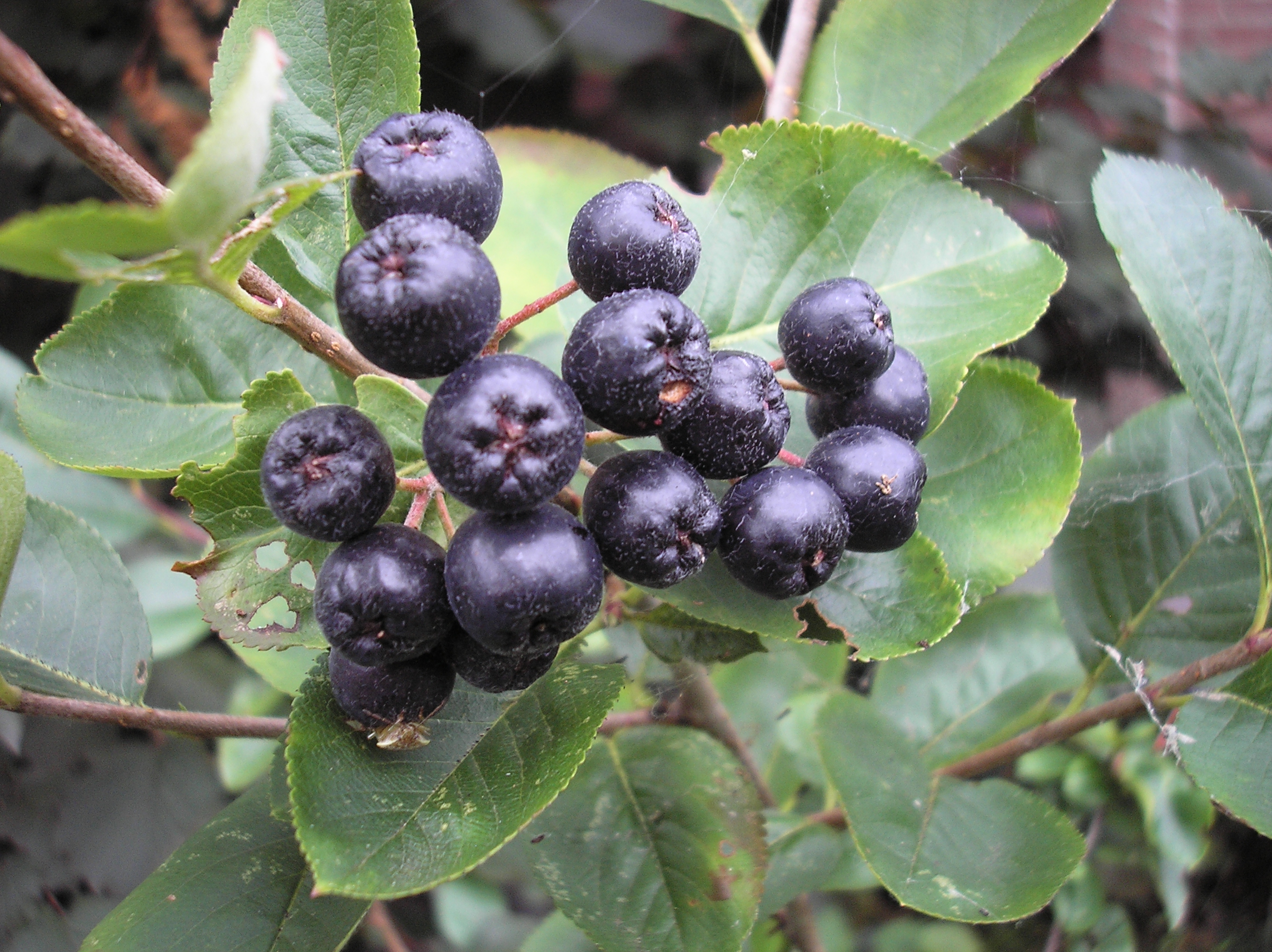
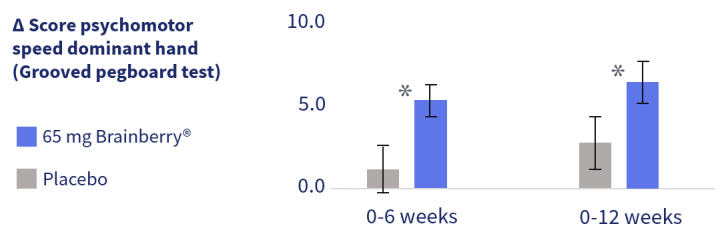
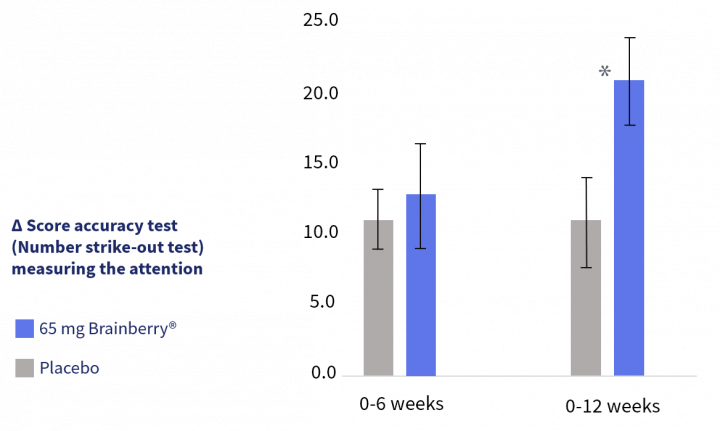





Comments and Discussion (Powered by the PricePlow Forum)